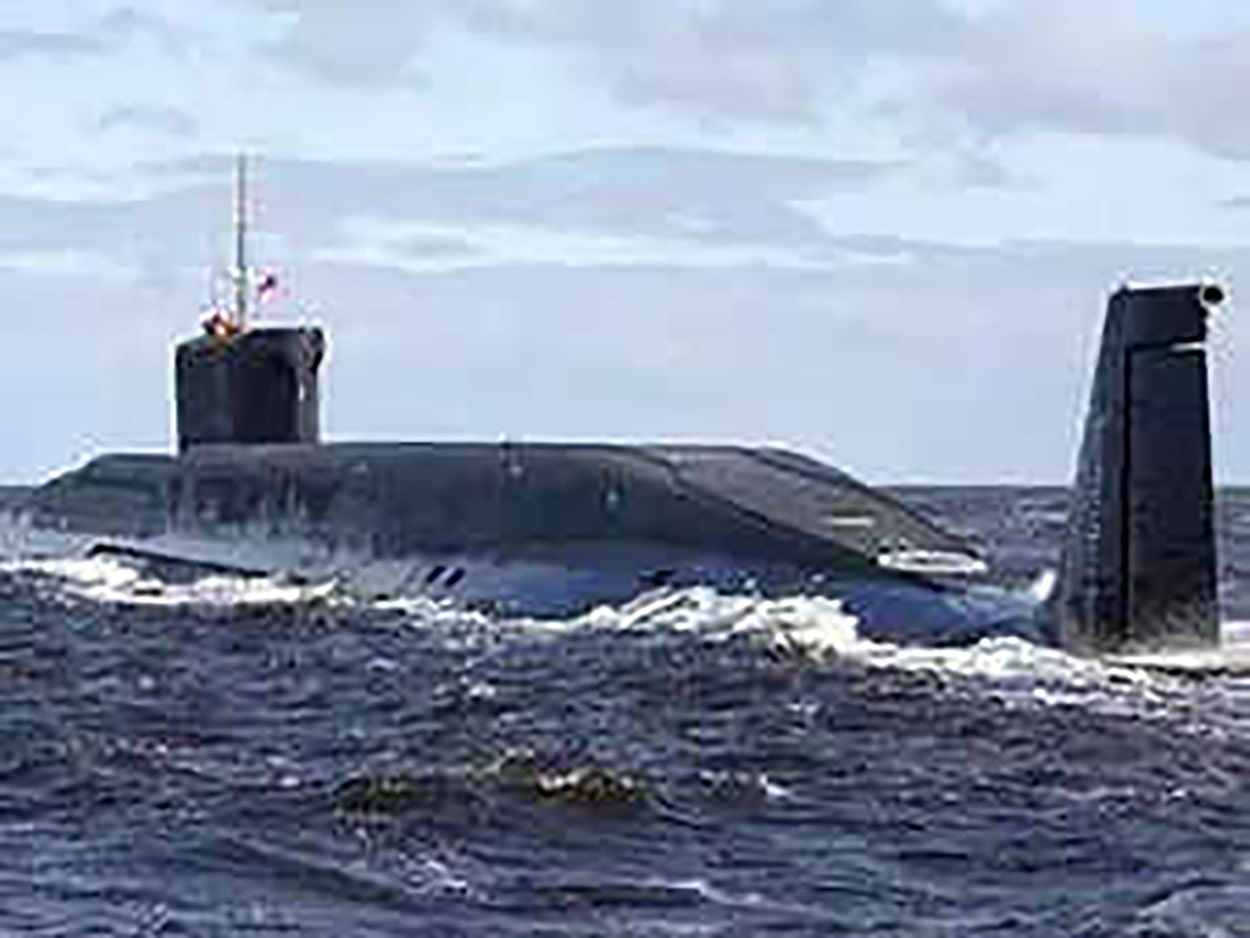
Source : Economic Times
Yasir Hussain
Prime Minister Narendra Modi, in a series of tweets, termed India’s first indigenous ballistic-missile armed nuclear submarine (SSBN), Arihant’s maiden deterrence patrol as “historic”. PM Modi further added, “In an era such as this, a credible nuclear deterrence is the need of the hour. The success of INS Arihant gives a fitting response to those who indulge in nuclear blackmail”. Despite the fact there is no clarity on whether the maiden patrol of INS Arihant has nuclear-tipped missiles on board, its utility as a sophisticated war machine during a crisis situation cannot be underestimated. The development of Arihant is part of India’s plans to induct a fleet of 5 SSBNs over the next half-century that will enable it to achieve an assured second-strike capability. Though Arihant may mark a high point in India’s strategic calculus but, certainly, it will exert exceeding pressures on deterrence stability between India and Pakistan, and push the latter to strengthen its deterrence at sea.
India’s successful demonstration of its sea-based nuclear force has serious implications for bilateral deterrence between Islamabad and New Delhi. One of the challenges to the deterrence equation pertains to the delegation of command and control procedures that will be put in place for a sea-based nuclear deterrent. Historically, India has maintained that the nuclear weapons are under the robust control of civilian authorities. For a sea-based nuclear deterrent, it remains to be seen how Indian political leadership will deal with the ‘never-always’ dilemma that lies at the heart of nuclear command and control in these circumstances. Besides, it is equally important to understand as to whether India has taken the decision on pre-delegation of launch authority to the commanding officers at the submarine. In addition, what are the mechanisms to stop if few men conspire to by-pass the in-built security system to launch nuclear weapons aboard the sub? These are genuine questions that require answers since not much is known about the Indian Personnel Reliability Program (PRP) to offset the element of human uncertainty.
The strength of bilateral deterrence lies in mutual vulnerabilities of Indian and Pakistani land and air based nuclear capabilities. The recent induction of Arihant into the Indian Naval fleet poses new threats to deterrence stability since mutual vulnerabilities are reduced. India’s quest to achieve second strike capability will potentially trigger Indo-Pak maritime nuclear arms race since Pakistan will try to establish sea-based deterrence to neutralize any advantage India perceives to achieve with Arihant. With the Induction of SSBN, India has already jeopardized Pakistan’s efforts to declare the Indian Ocean a ‘nuclear free zone’.
The Indian Ocean Region (IOR) has a strategic and commercial significance for Pakistan. New Delhi also refers to the Indian Ocean as an area of its own strategic influence. With Indian naval modernization, the Indian Ocean has become highly contentious rapidly changing the contours of strategic security in the region.
India’s maritime modernization has significantly drawn Pakistan’s attention. Pakistan had earlier responded to Indian naval modernization by conducting successful flight test of submarine launched cruise missile (SLCM) Babur-3 which is a sea-based variant of the Babur-2, ground-launched cruise missile. The SLCM which has a range of 450 kilometers, is likely to be placed on French-designed Agosta 90B submarines which is a step towards providing Pakistan a second strike capability.
The successful completion of the Indian sea-based leg of the nuclear triad now enables India to opt for an aggressive force posture in the IOR which see intra-trade between member states of the Indian Ocean Rim worth $777 billion.
Can Pakistan afford to sit back and not respond to India’s aggressive military modernization? Not responding is not an option for Pakistan since nuclear parity in this duo has been challenged. Pakistan must complete its nuclear triad by acquiring sea-based assured second strike capability. For that, Pakistan must initiate a comprehensive mechanism to develop indigenous submarine capability. Although by 2028, Pakistan aims to buy 8 new stealth Attack Submarines, of which four will be constructed in China and the remaining four in Pakistan. However, all this seems insufficient given the nature of threat emanating from India’s nuclear powered submarines. Therefore, despite economic constraints, a well-equipped naval force is more than necessary for Pakistan’s long term security calculus in Indian Ocean region. India’s SSBNs tipped with ready-to-use nuclear-capable missiles have the propensity to undermine Pakistan’s deterrence and give India cushion viz Pakistan in peace times and during crises.
India has recently approved purchase of naval multirole and naval utility helicopters worth more than $5 billion. Its domestic defense industry is in close collaboration with western companies for joint ventures in defense production. Under such circumstances, Pakistan needs to enhance its defense capabilities with specific focus on its naval modernization as part of its broader military modernization strategy. Pakistan’s naval power has been instrumental in securing territorial waters and its economic and sea lines of communication. However, the evolving at-sea dynamics, particularly maritime developments in the neighborhood, call for effective responses from Pakistan.
Yasir Hussain is an MPhil Scholar at the Quaid-i-Azam University, Islamabad.




